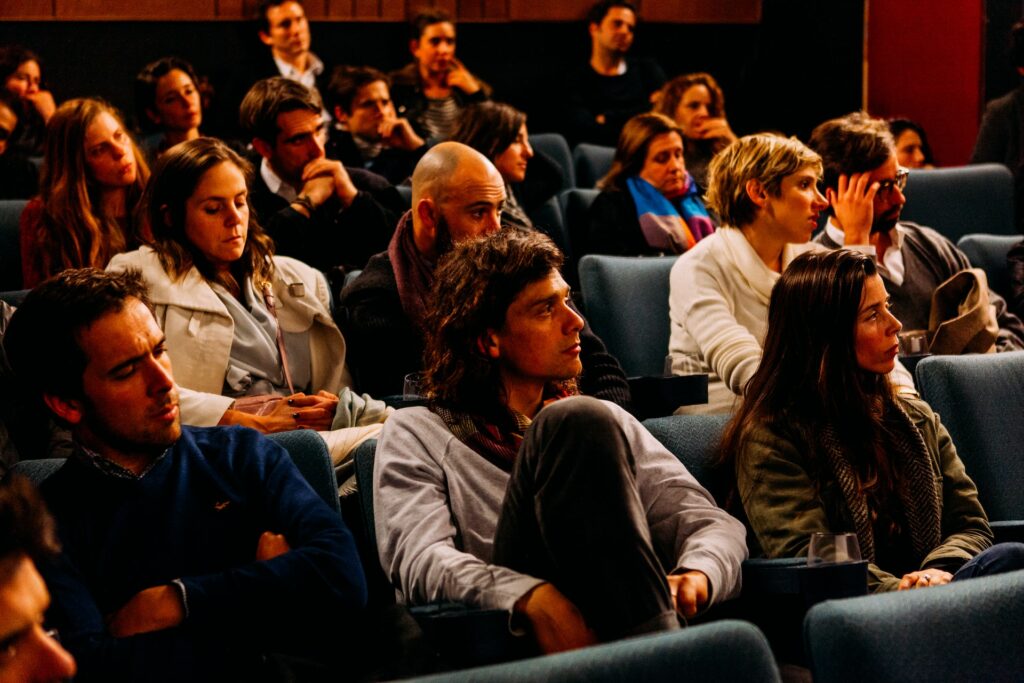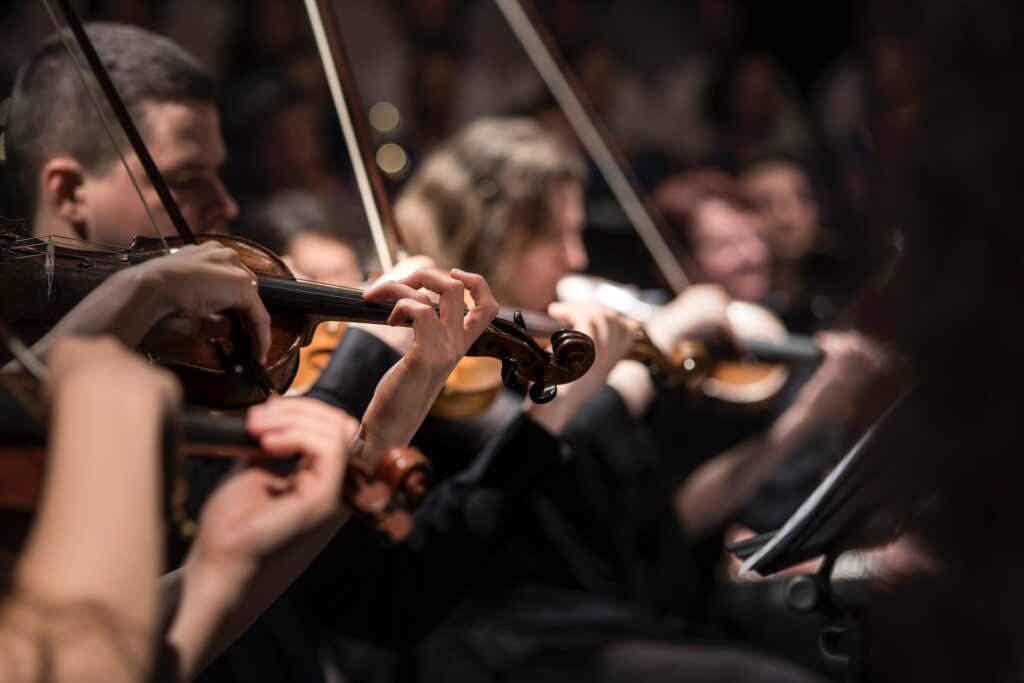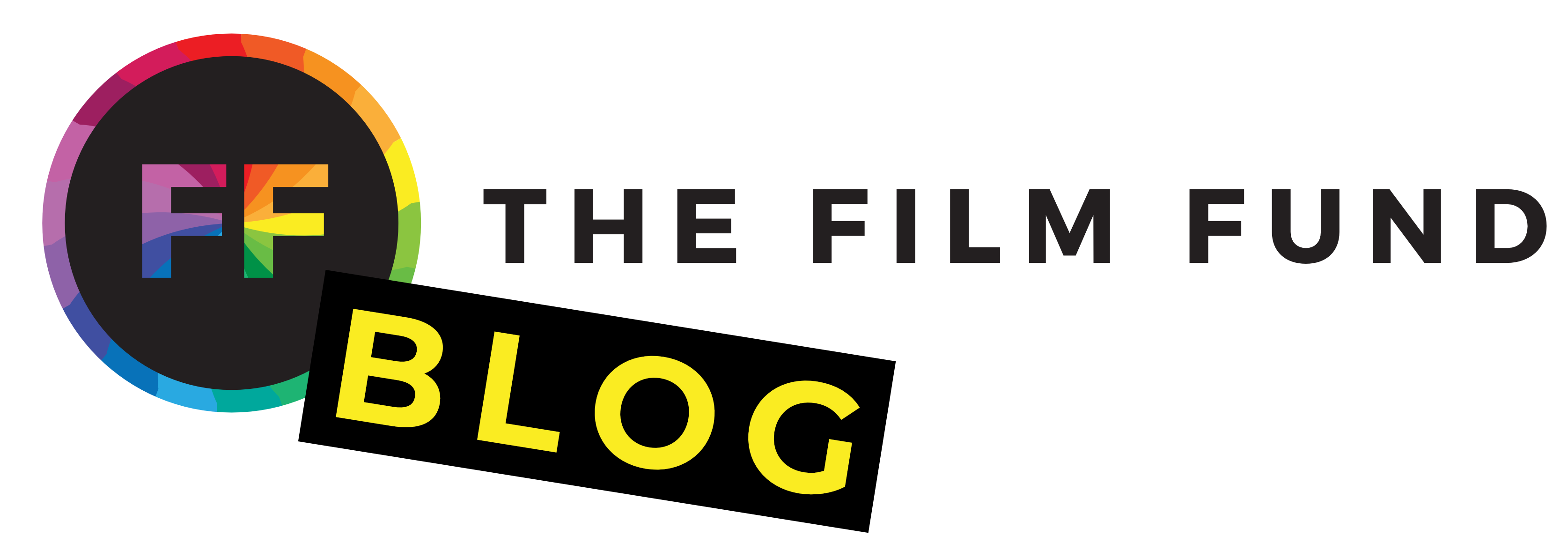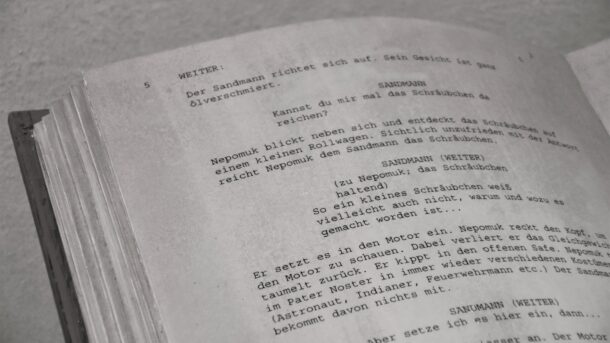Non-linear storytelling, as the name suggests, is an unconventional narrative technique that breaks away from the traditional linear structure we often encounter in films. Instead of presenting events in chronological order from start to finish, non-linear storytelling weaves a narrative tapestry by rearranging time, creating multiple timelines, and offering viewers a puzzle to solve.
What makes non-linear storytelling so intriguing is its ability to challenge our perception of time and reality. It invites us to engage actively with the narrative, piecing together fragments of the story like a detective solving a mystery. This approach can make for a truly immersive cinematic experience, where the audience becomes an integral part of unraveling the tale.
Looking ahead, we’ll delve deeper into the realm of non-linear storytelling. We’ll explore its potential to create narrative complexity, engage the audience, and evoke emotions that linger long after the credits roll. Also, we’ll discuss when and how to use non-linear storytelling effectively and guide your creative endeavors. Not to mention we’ll also dissect the techniques that masterfully bring non-linear narratives to life and examine case studies of films that have left an indelible mark. Get ready to unlock the secrets, explore the possibilities, and embrace the art of storytelling that defies convention!
The Power of Non-Linear Storytelling
Now that we have a grasp of what it’s all about, let’s dive into the captivating power it holds within the world of filmmaking.
Creating Narrative Complexity
Non-linear storytelling is like a masterful puzzle-maker who scatters the pieces, challenging us to assemble them in our minds. It thrives on narrative complexity, where the story isn’t handed to us on a silver platter but requires us to actively participate in piecing together the puzzle. Multiple timelines, flashbacks, and flash-forwards are the brushstrokes of non-linearity, painting a vivid and intricate picture of the narrative.
Engaging the Audience

One of the remarkable aspects of non-linear storytelling is its innate ability to engage the audience in a unique and immersive way. It stimulates curiosity and involvement, encouraging viewers to become detectives, connecting the dots, and filling in the gaps. As the story unfolds in unexpected ways, emotions are heightened, making the viewing experience all the more memorable.
Imagine being on the edge of your seat as you try to piece together the lives of the characters, decipher their motives, and anticipate their next moves. Non-linear storytelling can evoke excitement, empathy, and a sense of discovery that lingers long after the credits roll.
The Interactive Nature of Non-Linear Storytelling
At its core, non-linear storytelling transforms viewers from passive observers into active participants. Instead of merely watching events unfold, you have to piece together the order of events, making it a truly interactive experience. This sense of agency allows you to form a deeper connection with the story and its characters, leading to a more profound emotional impact.
Non-linear storytelling isn’t just a technique; it’s an invitation to engage, explore, and experience the story in a whole new way. It challenges the traditional norms of storytelling and opens doors to endless possibilities.
In the upcoming sections, we’ll explore when and how to harness the power of this narrative structure effectively, ensuring that you not only captivate your audience but also leave them with a cinematic experience they’ll cherish. Whether you’re a filmmaker seeking to push creative boundaries or a film enthusiast eager to dive into the world of non-linear narratives, you’re in for an exciting journey.
When and How to Use Non-Linear Storytelling
Non-linear storytelling is a powerful tool in a filmmaker’s kit, but like any tool, it’s most effective when used with precision and purpose. Let’s explore when and how to harness its essence to create unforgettable cinematic experiences.
Identifying the Right Story
Not every story is suited for non-linear treatment, but when the stars align, the results can be extraordinary. Consider stories with multiple perspectives, where different characters’ experiences and viewpoints enrich the narrative. Non-linear storytelling can brilliantly interweave these perspectives, allowing viewers to piece together the full picture gradually.
Similarly, if your story revolves around uncovering secrets, mysteries, or deeply buried truths, non-linear storytelling can heighten the suspense and intrigue. It keeps your audience engaged, eagerly anticipating the next revelation, and guessing what lies beneath the surface.
Dos and Don’ts of Non-Linear Storytelling

As with any creative technique, non-linear storytelling has its dos and don’ts. Do focus on building tension and surprise. Non-linear narratives excel at keeping the audience on their toes, making them wonder what will happen next. Surprise twists and unexpected connections can be your storytelling allies.
However, don’t confuse your audience. While non-linear storytelling thrives on complexity, it should remain coherent and accessible. It’s a fine balance between challenging the audience’s expectations and ensuring they can follow the story without becoming lost or frustrated.
Remember, the ultimate goal is to enhance the storytelling experience, not to confound or alienate your viewers. So, use all of this as a means to elevate your narrative, making it richer and more engaging while ensuring it remains enjoyable and understandable.
In the next section, we’ll delve deeper into the techniques that can help you execute non-linear storytelling effectively. We’ll explore how to organize timelines, transition between timeframes, and leverage sound and music to enhance your non-linear narrative.
Techniques for Effective Non-Linear Storytelling
Now that we’ve explored when and why to embrace non-linear storytelling, let’s roll up our sleeves and delve into the techniques that can turn your creative vision into a compelling cinematic reality.
Timeline Organization: Crafting Complexity
At the heart of non-linear storytelling is the art of timeline organization. This is where you decide how to arrange and present the story’s various timelines and elements. One powerful technique is the use of parallel storylines. By running multiple narratives simultaneously, you can create connections and contrasts that enrich the overall storytelling experience.
Intercutting is another valuable tool in your toolkit. This technique involves seamlessly switching between different timelines or character perspectives. It keeps the audience engaged by revealing how various elements of the story are interconnected. When executed masterfully, intercutting can be a mesmerizing way to present a non-linear narrative.
Transitioning between Timeframes: A Delicate Dance
Smooth transitions between timeframes are essential for maintaining the flow of your non-linear story. Seamless transitions, where the viewer hardly notices the shift in time, can be particularly effective. They keep the audience immersed in the narrative without disrupting the emotional connection.
Additionally, symbolic imagery can be a subtle yet powerful way to signal changes in time or perspective. Visual cues, recurring motifs, or even changes in lighting and color palettes can help guide the audience through the non-linear journey, making it more accessible and engaging.
The Role of Sound and Music: Setting the Tone

Sound and music play a pivotal role in enhancing the impact of non-linear storytelling. They set the emotional tone, guiding the audience’s feelings throughout the narrative. Subtle changes in music or sound design can signal shifts in time or mood, adding depth and resonance to the story.
Imagine the tension that a haunting melody can evoke during a critical flashback, or how a sudden crescendo can accentuate a surprising twist. Sound and music are your partners in storytelling, enhancing the emotional rollercoaster of your non-linear narrative.
As you embark on your own non-linear storytelling adventure, remember that these techniques are not rigid rules but flexible tools. Your creative intuition and the unique needs of your story should guide your choices. In the next section, we’ll explore some iconic films that have masterfully utilized these techniques to create unforgettable non-linear narratives.
Case Studies: Films that Mastered Non-Linear Storytelling
To truly grasp the art of non-linear storytelling, let’s take a closer look at some iconic films that have not only embraced this narrative technique but have also mastered it, leaving an indelible mark on cinematic history.
“Pulp Fiction” (1994)

Quentin Tarantino’s “Pulp Fiction” is often hailed as a non-linear storytelling masterpiece. Through its clever use of multiple interconnected storylines and unconventional narrative sequencing, this film offers viewers a thrilling puzzle to solve. The non-linear structure allows Tarantino to reveal key plot points at just the right moment, keeping the audience engaged, surprised, and thoroughly absorbed in the gritty world of crime and redemption.
“Memento” (2000)
:max_bytes(150000):strip_icc():focal(399x0:401x2)/memento-film-800-f052d4cb69b04fc08019adf53eee87ca.jpg)
Christopher Nolan’s “Memento” takes non-linear storytelling to new heights. The film’s protagonist suffers from short-term memory loss, and the audience experiences the story through his fragmented and disjointed perspective. By presenting scenes in reverse chronological order and black-and-white sequences alongside color ones, Nolan immerses viewers in the disorienting world of the main character. “Memento” showcases how non-linear storytelling can be used to put the audience in the shoes of the protagonist, creating a visceral and unforgettable experience.
“Eternal Sunshine of the Spotless Mind” (2004)
In “Eternal Sunshine of the Spotless Mind,” director Michel Gondry and screenwriter Charlie Kaufman employ non-linear storytelling to explore the complexities of love, memory, and human relationships. The film seamlessly weaves together past and present, making use of a dreamlike structure to depict the process of erasing and rediscovering memories. This narrative approach allows the audience to experience the emotional depth of the characters while navigating the labyrinthine corridors of their intertwined histories.
These films are just a glimpse into the possibilities and impact of non-linear storytelling in cinema. By studying these examples, filmmakers can gain valuable insights into the art of non-linear storytelling and how it can elevate the movie experience. In the next section, we’ll explore some of the challenges and potential pitfalls associated with non-linear storytelling and discuss strategies to overcome them.
Challenges and Potential Pitfalls
While non-linear storytelling is a potent tool for filmmakers, it comes with its own set of challenges and potential pitfalls. Let’s navigate these obstacles to ensure your non-linear narrative is as captivating as it is coherent.
Balancing Complexity and Clarity
One of the primary challenges of non-linear storytelling is striking the right balance between complexity and clarity. While non-linearity thrives on narrative intricacies, it should never become so convoluted that it leaves the audience bewildered. The goal is to challenge the viewer’s mind, not to lose them in a maze of timelines. Effective storytelling requires careful planning to ensure that the non-linear elements enhance the narrative without overwhelming it.
Keeping the Audience Invested
Non-linear storytelling demands active engagement from the audience, but there’s a fine line between engagement and alienation. It’s essential to maintain the viewer’s investment in the story throughout the film. If the audience becomes disinterested or confused, the impact of your non-linear narrative may be lost. Strive to strike a balance between intrigue and accessibility to keep your audience connected to the characters and their journey.
Maintaining Consistency in Character Development
Non-linear narratives often involve characters who evolve over different points in time. A potential pitfall is losing consistency in character development. It’s crucial to ensure that the character’s growth and motivations remain coherent across different timelines. A well-developed character should feel like the same person, whether they are shown in their past, present, or future self.
By being aware of these challenges and pitfalls, you can proactively address them in your non-linear storytelling endeavors. Remember that while non-linear storytelling can be complex, it should ultimately serve the story and enhance the audience’s experience.
Conclusion
Non-linear storytelling isn’t just a stylistic choice; it’s a versatile and powerful tool in the filmmaker’s arsenal. By breaking away from the constraints of linear narratives, you have the opportunity to craft stories that challenge, engage, and linger in the minds of your audience.
Throughout this journey, we’ve emphasized the importance of balance. Balancing complexity with clarity, engagement with accessibility, and innovation with coherence is the hallmark of successful non-linear storytelling. Remember that the goal is not to confound but to captivate, not to alienate but to involve.
As a filmmaker, non-linear storytelling allows you to push the boundaries of your craft. It empowers you to tell stories in innovative and emotionally resonant ways. Whether you’re crafting tales of love, mystery, or adventure, non-linear storytelling can be your ally in creating unforgettable cinematic experiences.
Lastly, if you’re interested in making your short film idea a reality, enter our film funding contest! Submit a one-sentence explanation of your short narrative or documentary and why you need our funding and you could win up to $10,000 to use in the production of your short film. No full script required! Head to the sign-up page to learn more.




